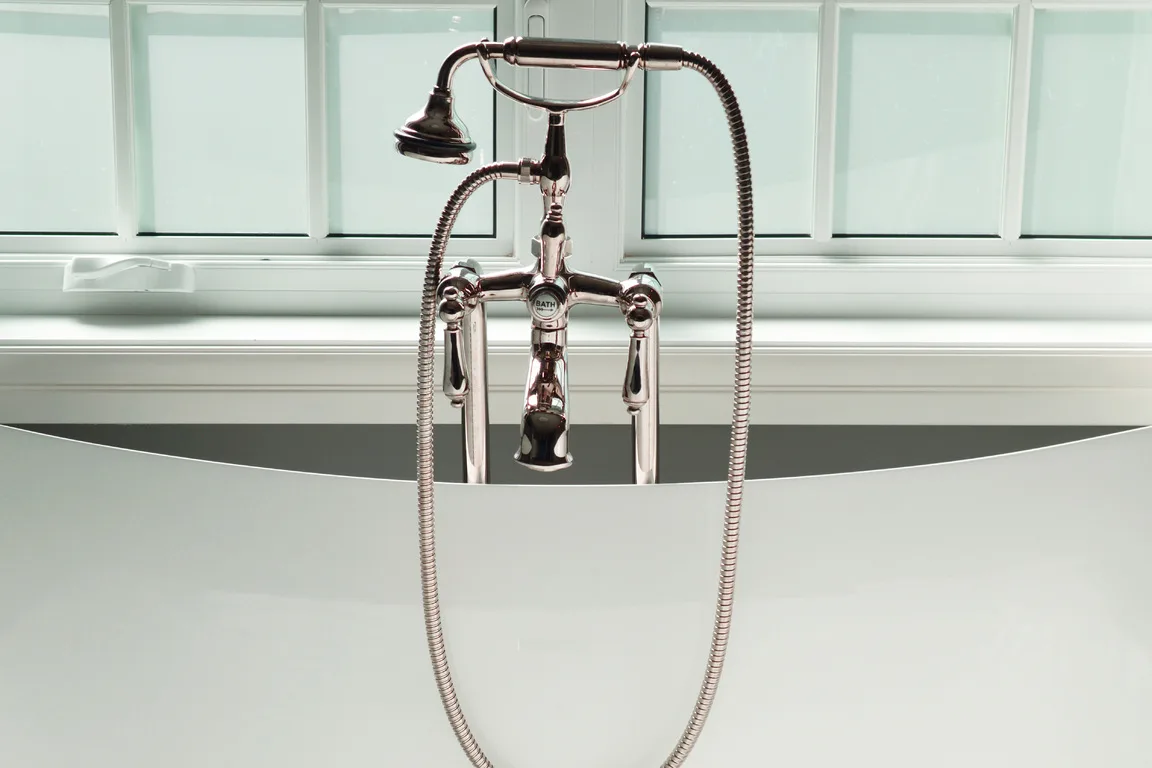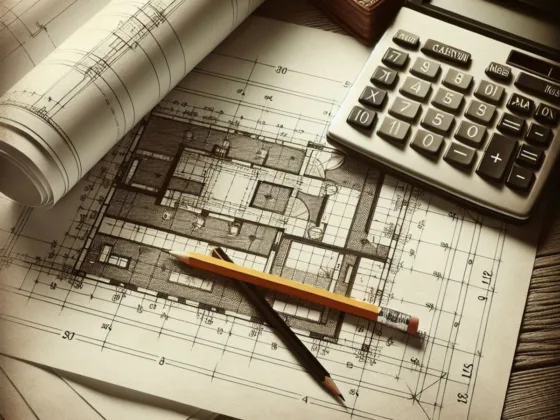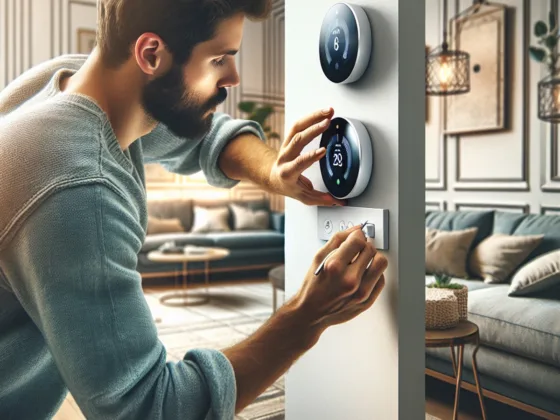Table of ContentsShow
Explore how polybutylene plumbing entered the market like the best system, promising a revolution but concealing hidden dangers. It was once touted as a cost-effective and efficient solution for water distribution in homes, but it has now become synonymous with a huge pile of problems.
What was initially perceived as a breakthrough in plumbing technology eventually unraveled into a nightmare for homeowners. The temptation of affordability and ease of installation blinded many to the inherent flaws within the system.
As we delve into the reasons why is polybutylene plumbing bad system, we find a tale of degradation, legal battles, and the costly consequences that echo through the walls of affected homes.in this article, we uncover all the facts about it.
What is Polybutylene?
Polybutylene is a type of plastic resin that was widely used in the manufacture of plumbing pipes and fittings from the late 1970s to the mid-1990s. It was considered a cost-effective alternative to traditional copper pipes due to its flexibility, ease of installation, and resistance to corrosion. However, over time, numerous issues and failures emerged with polybutylene plumbing systems, leading to widespread problems such as leaks, ruptures, and property damage. Due to these issues, the use of polybutylene pipes has significantly declined, and many homeowners have opted to replace them with more reliable materials.
The Rise of Polybutylene plumbing system:
Polybutylene plumbing emerged in the late 1970s as an innovative solution for residential plumbing. Its affordability, ease of installation, and resistance to corrosion led to a surge in popularity. However, the subsequent rise in failures and issues exposed significant drawbacks, leading to a decline in its reputation and usage.
Why is polybutylene plumbing bad system?
Polybutylene plumbing once considered a reliable choice, has revealed notable weaknesses with time.
- Susceptibility to degradation in certain water conditions.
- Reacts poorly to chlorine, leading to deterioration.
- Tendency to become brittle over time.
- Increased risk of failures and leaks.
- Limited resistance to extreme temperatures.
- Prone to structural damage, impacting longevity.
- Incompatibility with certain plumbing components.
- Challenges in repairing, as aging polybutylene may complicate efforts to fix issues.
- Negative environmental impact due to the need for replacement and disposal.
- Difficulty in obtaining insurance coverage for homes with polybutylene plumbing, affecting overall property protection.
- The degradation of polybutylene plumbing may introduce impurities into the water, raising potential health concerns for residents.
It tends to degrade, especially when exposed to specific water conditions, and reacts poorly to chlorine, a common water treatment element. This reaction can lead to deterioration, weakening the plumbing system. Moreover, polybutylene pipes have a tendency to become brittle over time, increasing the risk of failures and leaks. These issues have prompted a reevaluation of polybutylene’s suitability for plumbing applications.
Watering Down Home Values a baddest effect:
The impact of polybutylene plumbing on property values is profound, acting as a hindrance for potential buyers and leading to a decrease in market value. The discovery of this plumbing system in a home raises concerns among buyers, who often view it as a red flag due to its known issues. Consequently, homeowners with polybutylene plumbing may face challenges in the real estate market, emphasizing the negative effect this plumbing system can have on the overall value of a property.
Replacement Challenges:
The replacement of polybutylene plumbing presents homeowners with substantial challenges. The financial implications, including associated costs, become a significant consideration. Disruptions to daily life during the replacement process add an extra layer of difficulty. Moreover, addressing potential hidden damage becomes imperative, underscoring the complex nature of replacing this problematic plumbing system.
In short, the downsides of polybutylene plumbing can significantly impact the value and appeal of a home. This query: Why is polybutylene plumbing bad system satisfied by this? It’s very important for homeowners to understand these issues and take proactive steps.
Regular inspections and, if needed, timely replacement are essential to avoid potential problems and protect the overall value of the property. By staying informed and taking necessary actions, homeowners can ensure their homes remain in good condition, preserve their investments, and avoid complications when it comes to selling or renting. Staying attentive to the challenges of polybutylene plumbing is vital for a secure and resilient property.








